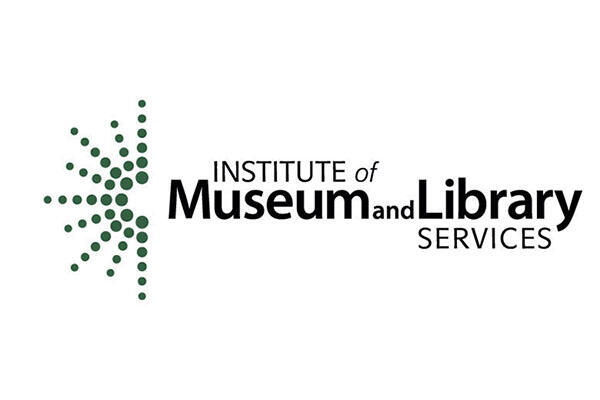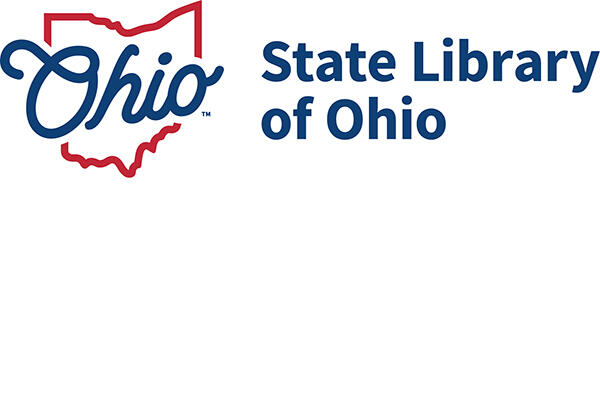Grant Supports Conservation of Wright Brothers Archival Treasures
August 26, 2025
August 26, 2025
We’re excited to share some great news from the University Libraries’ Special Collections and Archives! Thanks to funding from the LSTA (Library Services and Technology Act) Conservation & Preservation Grant, administered by the State Library of Ohio and funded through the Institute of Museum and Library Services (IMLS), three of our most-used treasures in the Wright Brothers Collection have received professional conservation treatment—and the results are stunning.These items are among the most accessed from the collection for researchers, classes, and tours, but due to their fragile condition, we’ve had to limit their use and display. Now, thanks to this grant and the skilled hands of conservator Laura Moeller, they’ve been stabilized and can be safely shared with the public once again.
Let’s take a look at the remarkable transformations:
1. Milton Wright’s 1912 Diary
This pocket diary belonged to Milton Wright, father of the famous inventors. It includes nearly daily entries from 1912—the year his son Wilbur tragically died of typhoid fever at just 45 years old.
Before conservation, the diary was literally coming apart at the seams: pages were loose and detached, the binding was weak, and it could no longer be safely handled or displayed. The treatment included:
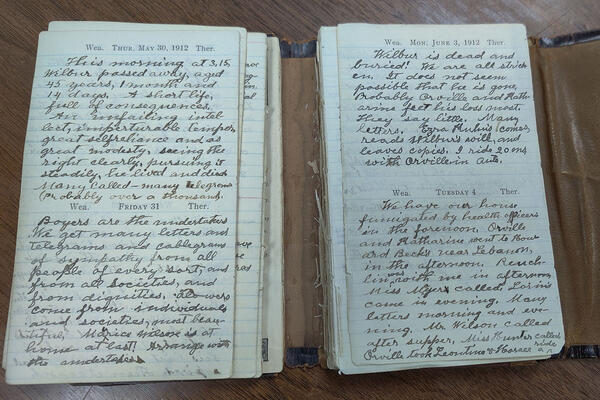
Now, this important family document is not only preserved, but also ready to be safely viewed and studied again.

2. 1908 U.S. Army Signal Corps Contract
This six-page document is one of the crown jewels of our collection: the first U.S. military contract for the purchase of an airplane, signed in 1908. However, grommets at the top had torn through, and folds were weakened and breaking. Due to the grommets, the inside pages could not be viewed without lifting the top page, which would only cause further tearing and damage.
The conservator:
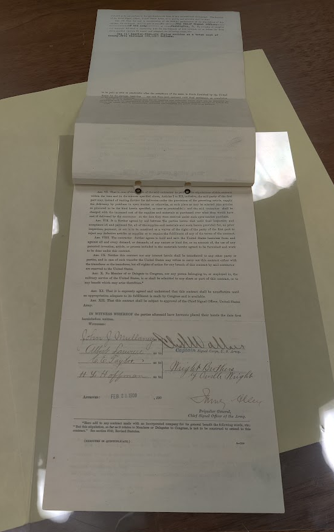
This iconic contract can now be viewed in its entirety without compromising its integrity—an incredible improvement for both preservation and accessibility.
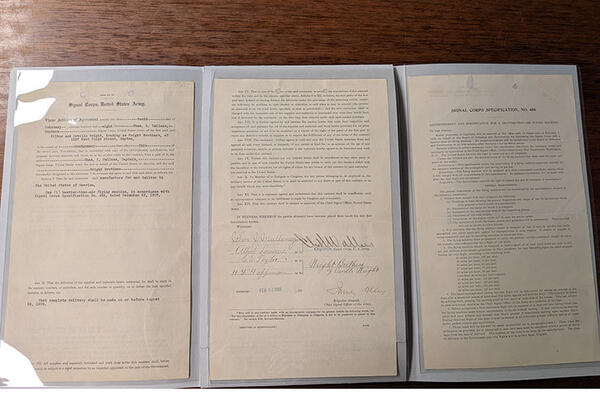
3. The Callizo Photograph Album (1909)
This album, gifted to Wilbur Wright by French photographer Monsieur Callizo, contains 45 historic silver gelatin prints capturing the awe-inspiring scenes of Wilbur’s demonstration flights in Pau, France. It’s a rare visual record from a time when powered flight was still a novelty to most of the world.
The album arrived at the conservation lab with:
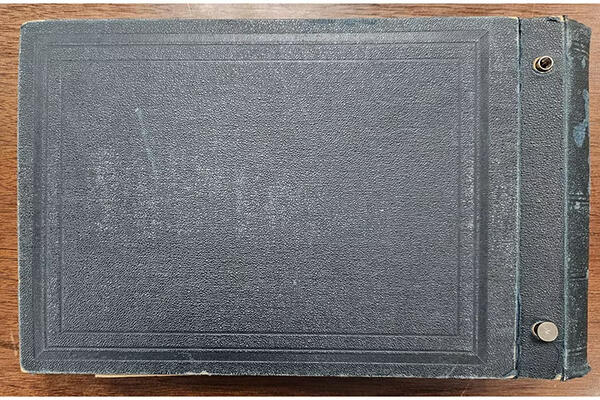
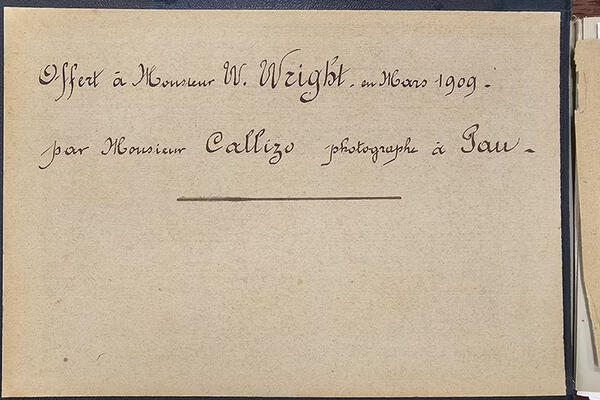
Following treatment, the album is now structurally sound, thoroughly cleaned, and can be safely displayed and handled without risk of further damage.
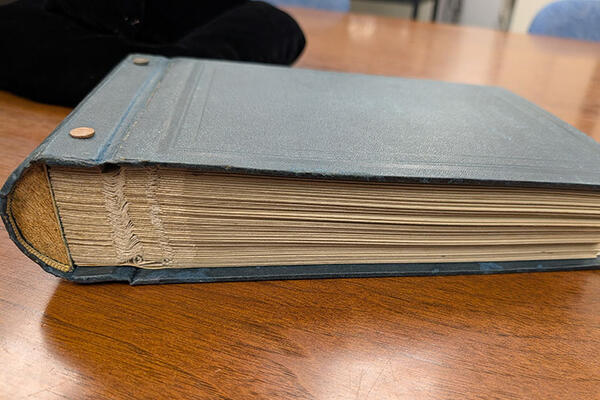
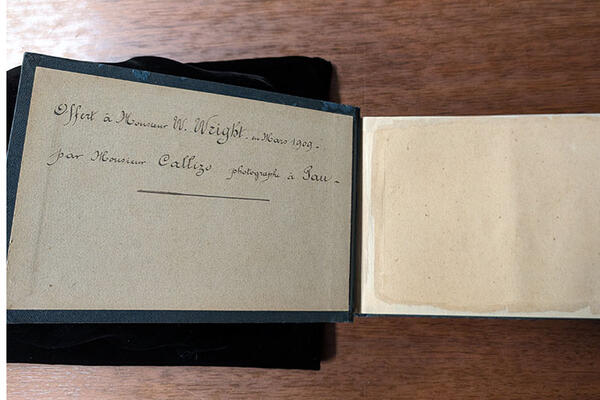
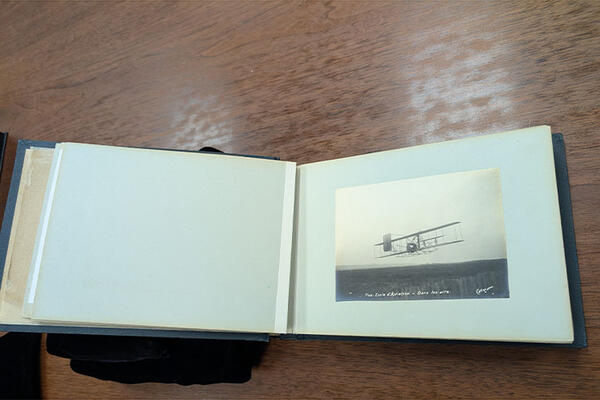
Why This Work Matters
Preservation and conservation are cornerstones of archival work. Preservation focuses on preventing damage and slowing deterioration, and conservation involves direct treatment to repair and stabilize items at risk. It is our job as archivists to make sure we take preventive measures to further protect these items with proper environmental conditions, enclosures, support, and handling.
We are deeply grateful to IMLS and the State Library of Ohio for supporting this essential work. Thanks to the LSTA grant program, these historically significant artifacts from the Wright Brothers’ legacy are not only protected for future generations—they’re accessible once again to inspire learning and discovery.
